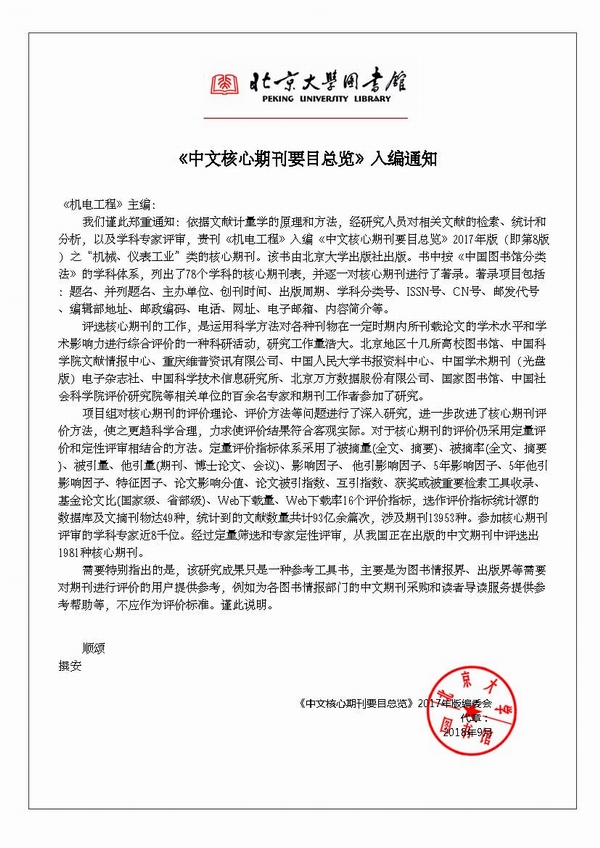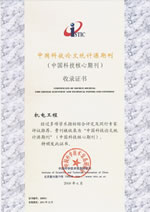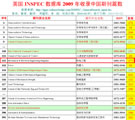
Founded in 1971 >
Chinese Sci-tech Core Periodicals >
British Science Abstracts (SA, INSPEC) Indexed Journals >
United States, Cambridge Scientific Abstract: Technology (CSA: T) Indexed Journals >
United States, Ulrich's Periodicals Directory(UPD)Indexed Journals >
United States, Cambridge Scientific Abstract: Natural Science (CSA: NS) Indexed Journals >
Poland ,Index of Copernicus(IC) Indexed Journals >
International Standard Serial Number:
ISSN 1001-4551
Sponsor:
Zhejiang University;
Zhejiang Machinery and Electrical Group
Edited by:
Editorial of Journal of Mechanical & Electrical Engineering
Chief Editor:
ZHAO Qun
Vice Chief Editor:
TANG ren-zhong,
LUO Xiang-yang
Tel:
86-571-87041360,87239525
Fax:
86-571-87239571
Add:
No.9 Gaoguannong,Daxue Road,Hangzhou,China
P.C:
310009
E-mail:
meem_contribute@163.com
Abstract: Aiming to address the challenges associated with stress and minor damage detection in engineering equipment, specifically the issues of susceptibility to noise interference and difficulties in feature extraction, a novel and academically enriched method was proposed. The principles of variational mode decomposition were combined with dispersion entropy to develop an adaptive multi-scale approach for recognizing magnetic acoustic emission (MAE) signal features. Firstly, a specialized experimental platform was designed and constructed to facilitate the capture of MAE signals under stress conditions ranging form 0MPa to 400MPa in a static tensile test conducted on Q345 steel. Then, the MAE signals were adaptively decomposed using variational mode decomposition, yielding a series of intrinsic mode function (IMF) components that span the frequency spectrum from low to high. Next, the dispersion entropy values of each IMF component were computed to construct a feature vector matrix representing the MAE signals. Finally, this feature vector matrix was utilized as input data for a recognition classification model based on support vector machines, enabling the model to undergo training and subsequent recognition processes. The experimental results show that the method of magneto acoustic emission signal feature recognition is able to achieve multi-scale adaptation of MAE signals and accurately identify signal features under different stress states. The classification accuracy rate is as high as 95.3704 %, which validates the effectiveness of the method. The research outcomes affirm that the signal feature recognition method, based on adaptive multiscale dispersion entropy and multiclass support vector machines, exhibits promising potential for rapid and effective identification of different stress states, thereby offering significant applications in the field of signal feature recognition.
Key words: magneto acoustic emission(MAE); variational mode decomposition(VMD); dispersion entropy; Q345 steel; signal feature recognition; intrinsic mode function(IMF)








